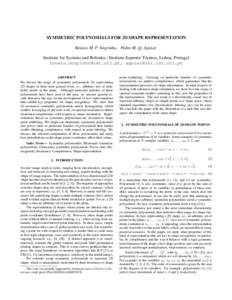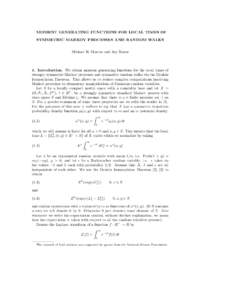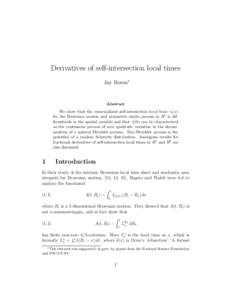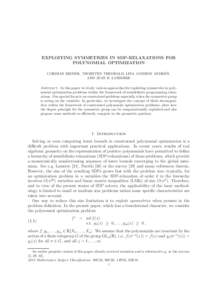<--- Back to Details
| First Page | Document Content | |
|---|---|---|
 Date: 2014-05-23 12:09:59Homogeneous polynomials Polynomials Symmetric functions Algebra Invariant theory Elementary symmetric polynomial Symmetric polynomial Monomial Ring of symmetric functions Schur polynomial |
Add to Reading List |
 SYMMETRIC POLYNOMIALS FOR 2D SHAPE REPRESENTATION Renato M. P. Negrinho, Pedro M. Q. Aguiar Institute for Systems and Robotics / Instituto Superior T´ecnico, Lisboa, Portugal , .u
SYMMETRIC POLYNOMIALS FOR 2D SHAPE REPRESENTATION Renato M. P. Negrinho, Pedro M. Q. Aguiar Institute for Systems and Robotics / Instituto Superior T´ecnico, Lisboa, Portugal , .u![arXiv:0809.4479v2 [math.CO] 26 SepNONCOMMUTATIVE SYMMETRIC FUNCTIONS VII: FREE QUASI-SYMMETRIC FUNCTIONS REVISITED ´ GERARD arXiv:0809.4479v2 [math.CO] 26 SepNONCOMMUTATIVE SYMMETRIC FUNCTIONS VII: FREE QUASI-SYMMETRIC FUNCTIONS REVISITED ´ GERARD](https://www.pdfsearch.io/img/f111cd74706a984d7aa4699a3b57033d.jpg)



